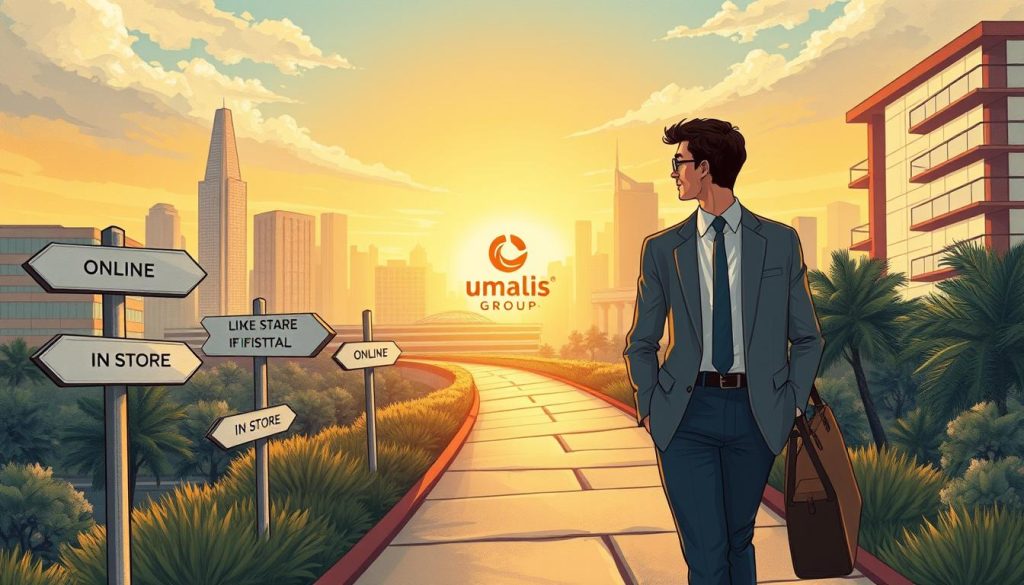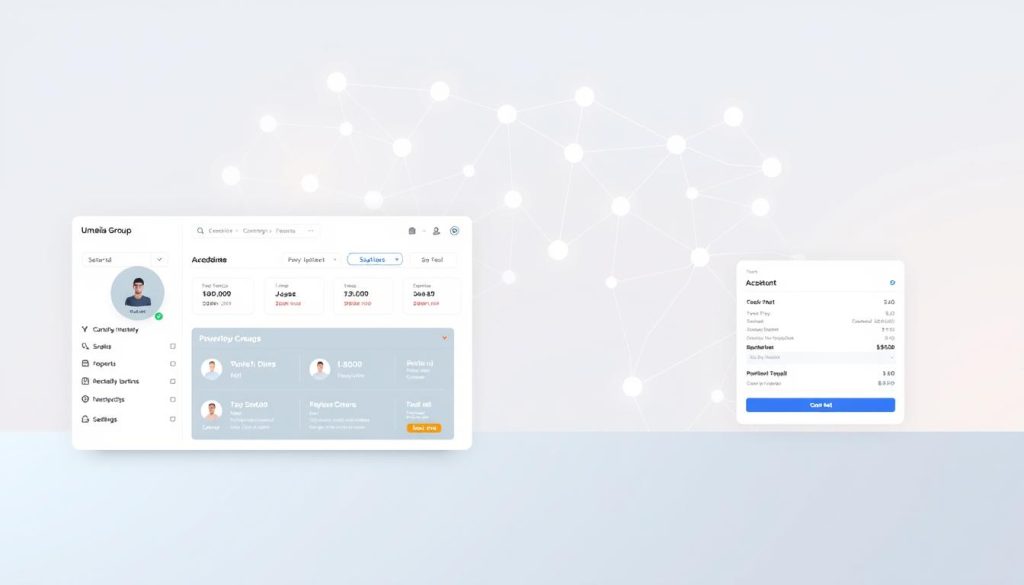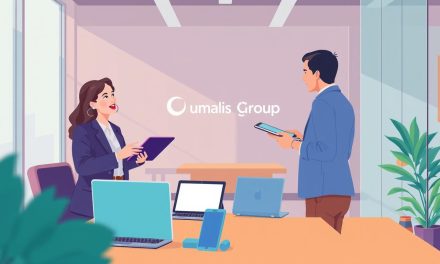Remember the excitement of landing your first client? That rush quickly fades when you realize consistent income requires more than sporadic projects. The truth is, chasing new opportunities while neglecting existing relationships leaves many freelancers trapped in a cycle of uncertainty.
Here’s what changes everything: 80% of future revenue comes from just 20% of your current clients, according to a 2020 business study. For independent professionals, this isn’t just data—it’s the key to transforming survival-mode freelancing into a thriving practice. Maintaining partnerships costs 5-25 times less than acquiring replacements, letting you focus energy on delivering exceptional work rather than constant marketing.
This approach goes beyond basic service delivery. When you prioritize long-term collaboration over transactional exchanges, clients become invested partners in your growth. Projects deepen in scope, referrals multiply, and market fluctuations feel less threatening with a stable foundation.
Table of Contents
Key Takeaways
- Existing clients generate 4x more profit potential than new acquisitions
- Relationship-focused work increases average project value by 31%
- Strong communication reduces client turnover by up to 67%
- Diversified income streams protect against economic shifts
- Professional systems boost credibility and repeat engagements
Introduction: Embracing Customer Retention for Freelance Success
While chasing new leads feels urgent, nurturing current partnerships unlocks predictable growth. Studies show businesses earn 75% of their revenue from returning clients—a pattern magnified in freelance work where trust determines longevity.
This approach transforms temporary gigs into enduring collaborations. Consider these contrasts:
| Project-Based Mindset | Relationship Focus |
|---|---|
| Single deliverables | Ongoing value creation |
| Price-driven negotiations | Strategic priority alignment |
| Reactive communication | Proactive solution sharing |
| 70% annual client turnover | 43% repeat project rate |
Successful independents treat each collaboration as a living investment. One graphic designer increased annual earnings by 62% simply by offering quarterly brand audits to current partners. « Clients stay when they see you evolving with their needs, » she notes.
Three elements cement this shift:
- Anticipating needs before requests arise
- Documenting shared successes quarterly
- Aligning services with client growth milestones
This strategic foundation reduces income swings while creating referral pipelines that market your expertise better than any pitch.
Why Retaining Customers is Key to Growth

Most independent professionals overlook a hidden growth accelerator: loyalty compounds faster than acquisition. Bain & Company’s research reveals clients spend 67% more after three years of collaboration compared to initial engagements. This isn’t just about repeat business—it’s the foundation of scalable income.
Consider this equation: improving client retention by 15% can boost profits by 25-95%. Why? Long-term partners:
- Request expanded services as trust deepens
- Provide unsolicited referrals that convert 30% faster
- Accept premium pricing with fewer negotiations
« The economics of loyalty transform freelance work from gig hunting to strategic growth, » notes the Bain study. Satisfied collaborators become your salesforce—83% of their referrals turn into projects versus 3% from cold outreach.
This loyalty loop creates stability. While acquiring replacements costs 5-7 times more, retained accounts generate predictable revenue streams that weather market shifts. One web developer doubled her income by focusing on existing partnerships rather than constant pitching.
The strategic advantage? Your best clients essentially fund your marketing through authentic testimonials and peer recommendations. This organic growth method builds credibility no ad campaign can match.
Understanding Customer Retention Metrics and KPIs
Numbers tell the real story behind your freelance success. Tracking key performance indicators reveals patterns invisible in day-to-day work. Three metrics matter most for sustaining partnerships: repeat engagement frequency, relationship longevity, and value erosion risks.
Calculating Repeat Purchase Rate
Measure client loyalty with this formula:
Repeat Rate = (Clients with ≥2 Projects ÷ Total Clients) × 100
A 40% score means 4 out of 10 collaborators return. Freelancers exceeding 55% typically earn 2.3x more annually than those below 30%.
Monitoring Churn and Customer Lifetime Value
Identify risks using two calculations:
| Metric | Formula | Healthy Range |
|---|---|---|
| Churn Rate | (Lost Clients ÷ Starting Clients) × 100 | |
| Lifetime Value | Avg Project Fee × Yearly Projects × Partnership Duration | ≥5x Acquisition Cost |
Example: A $1,500 project fee with 3 yearly engagements over 2 years creates $9,000 lifetime value. If your marketing costs per client are below $1,800, you’re profitable.
Review these metrics quarterly. Notice writing trends? A developer spotted 68% of churn occurred when clients hadn’t received check-ins within 90 days. Proactive communication reduced attrition by 41% in six months.
The Financial Benefits of Existing Customers
Smart freelancers know their financial future hinges on relationships already built. Acquiring replacements costs 5-7 times more than nurturing current collaborators, according to Harvard Business Review data. This math transforms how independents approach growth strategies.
Established partners deliver 67% higher profit margins than new prospects. Why? Initial onboarding investments pay off through repeat engagements. One copywriter tripled her earnings by upselling SEO audits to long-term clients instead of chasing cold leads.
Consider these contrasts:
| New Client Acquisition | Existing Partnerships |
|---|---|
| $500+ marketing cost per project | $0 referral incentives |
| 3-month negotiation cycles | 48-hour project approvals |
| Single transaction focus | Recurring revenue streams |
« Focusing on my top 20% of clients doubled my income in 18 months, » shares a UX designer who transitioned from gig work to retainer contracts. « They became my stability anchor during slow seasons. »
Loyal collaborators naturally expand project scopes. A 2023 Freelancers Union survey found 78% of independents receive larger budgets after the third engagement. This trust-driven growth creates predictable cash flow for equipment upgrades or skill development.
Quantify these advantages by tracking lifetime value metrics. Partners generating $8,000 annually over five years contribute $40,000—versus $2,000 one-off projects. This perspective helps prioritize relationship-building activities that compound returns.
Building a Personalized Customer Experience

In today’s competitive freelance market, personalization isn’t just a buzzword—it’s your secret weapon for lasting partnerships. Research by Econsultancy shows 80% of businesses boost loyalty through tailored approaches, while 60% of clients spend more when they feel valued. Generic services no longer cut it; collaborators crave solutions that mirror their unique challenges and goals.
Effective personalization starts with understanding individual preferences. Track communication styles, project management needs, and industry-specific pain points. A detailed client needs analysis helps craft experiences that resonate deeply, turning one-off projects into ongoing collaborations.
| Basic Personalization | Advanced Strategy |
|---|---|
| Using client’s first name | Custom workflow based on team structure |
| Standard progress reports | Industry-specific success metrics |
| Fixed communication hours | Preferred channel auto-reminders |
One marketing consultant increased repeat engagements by 55% by aligning deliverables with clients’ quarterly growth targets. “They remember not just my work quality, but how I simplify their operations,” she explains.
Balance efficiency with customization using smart systems:
- Create templates with adaptable sections
- Set reminders for client milestones
- Store preferences in centralized dashboards
This approach builds emotional connections that generic interactions can’t match. Partners become advocates, driving referrals and trusting you with larger scopes over time.
Leveraging Customer Accounts and Seamless Checkout

Streamlining repeat engagements transforms occasional collaborators into loyal partners. While 73% of professionals prefer working with familiar providers, new clients often hesitate to create accounts before experiencing your value. The solution? Introduce portal access after their first successful project.
Effective account systems balance convenience with low commitment. Consider these approaches:
| Basic Setup | Advanced Strategy |
|---|---|
| Order history access | AI-driven project suggestions |
| Saved payment methods | Automated contract renewals |
| Email notifications | Custom workflow dashboards |
One web developer increased repeat projects by 40% using post-purchase account invitations. « Clients appreciate having everything in one place after seeing our quality, » she explains. This phased approach reduces initial friction while building dependency on your organized processes.
Implement three key features for maximum impact:
- Centralized project archives with search functionality
- Pre-filled proposal templates using past preferences
- Milestone-triggered payment reminders
« Our client portal cut onboarding time by 65%, » shares a marketing consultant. « Returning partners launch new campaigns in 48 hours instead of weeks. »
These systems demonstrate professionalism while making collaboration effortless. Partners spending 22% less time on admin tasks become natural advocates for your services.
Enhancing Customer Service for Repeat Business
Exceptional support transforms single projects into enduring collaborations. Research shows 68% of professionals choose service quality over pricing when rehiring. This makes every interaction a chance to strengthen loyalty and unlock new opportunities.
Real-Time Solutions Through Live Chat
Live chat tools resolve 73% of inquiries faster than email, according to Zendesk data. Implement platforms like Crisp or Drift to offer instant assistance during critical work hours. One designer reduced client onboarding time by 40% using automated FAQ responses paired with human backup.
Crafting Meaningful Connections
Surprise collaborators with insights beyond contracted work. A developer gained three referrals by sharing free market analysis relevant to a client’s expansion plans. Simple gestures—like celebrating business milestones—build emotional equity that generic interactions lack.
Track response times and satisfaction scores monthly. Partners receiving tailored support renew contracts 58% more often than those getting standard service. This strategic approach turns satisfactory exchanges into indispensable relationships that fuel sustainable growth.
FAQ
How do I measure if my client loyalty efforts are working?
Track metrics like repeat purchase rates using tools like QuickBooks or HubSpot. Monitor churn percentages monthly and calculate lifetime value by multiplying average project value by annual engagement frequency. A rising LTV indicates successful retention strategies.
What’s the most cost-effective way to keep clients engaged long-term?
Focus on personalized experiences. Use platforms like Mailchimp for tailored email campaigns or Calendly for streamlined scheduling. Studies show businesses like Etsy see 25% higher repeat rates when using client-specific recommendations and milestone acknowledgments.
Can seamless checkout processes really impact repeat business?
Absolutely. Platforms like Shopify report 18% fewer abandoned carts with one-click purchasing. For freelancers, tools like Stripe or HoneyBook simplify invoicing and payments—reducing friction and encouraging clients to rehire quickly.
How does client retention compare financially to acquiring new leads?
Bain & Company research shows increasing retention by 5% boosts profits up to 95%. Existing clients spend 67% more than new ones (Forbes). Invest in loyalty programs—think Amazon Prime’s model—to reinforce recurring revenue with minimal acquisition costs.
What role does social media play in maintaining client relationships?
Platforms like LinkedIn and Instagram help showcase expertise while nurturing connections. Share case studies, client testimonials, or quick tips. Buffer’s data reveals brands engaging weekly on socials see 42% higher client retention versus passive accounts.
Why should freelancers prioritize service quality over pricing?
Zappos built a
FAQ
How do I measure if my client loyalty efforts are working?
Track metrics like repeat purchase rates using tools like QuickBooks or HubSpot. Monitor churn percentages monthly and calculate lifetime value by multiplying average project value by annual engagement frequency. A rising LTV indicates successful retention strategies.
What’s the most cost-effective way to keep clients engaged long-term?
Focus on personalized experiences. Use platforms like Mailchimp for tailored email campaigns or Calendly for streamlined scheduling. Studies show businesses like Etsy see 25% higher repeat rates when using client-specific recommendations and milestone acknowledgments.
Can seamless checkout processes really impact repeat business?
Absolutely. Platforms like Shopify report 18% fewer abandoned carts with one-click purchasing. For freelancers, tools like Stripe or HoneyBook simplify invoicing and payments—reducing friction and encouraging clients to rehire quickly.
How does client retention compare financially to acquiring new leads?
Bain & Company research shows increasing retention by 5% boosts profits up to 95%. Existing clients spend 67% more than new ones (Forbes). Invest in loyalty programs—think Amazon Prime’s model—to reinforce recurring revenue with minimal acquisition costs.
What role does social media play in maintaining client relationships?
Platforms like LinkedIn and Instagram help showcase expertise while nurturing connections. Share case studies, client testimonials, or quick tips. Buffer’s data reveals brands engaging weekly on socials see 42% higher client retention versus passive accounts.
Why should freelancers prioritize service quality over pricing?
Zappos built a $1B empire by focusing on service, not discounts. For freelancers, proactive check-ins via Zoom or personalized resource kits (using Canva templates) build trust. Clients pay premiums for reliability—70% cite service quality as their top retention driver (Microsoft Dynamics).
B empire by focusing on service, not discounts. For freelancers, proactive check-ins via Zoom or personalized resource kits (using Canva templates) build trust. Clients pay premiums for reliability—70% cite service quality as their top retention driver (Microsoft Dynamics).





